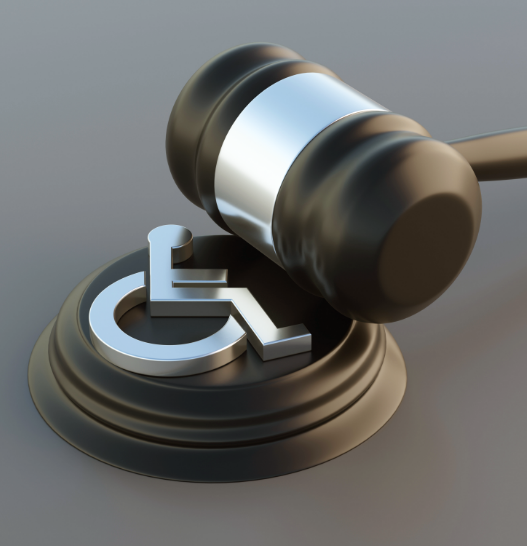Usability and user experience are nothing new. The corresponding DIN standards have been around for 20 years. Heuristics and process models have been around for at least as long, if not since the end of the 80s.
The fact that software must be good and easy to use in order to be positively received by the customer is now clear to every developer. The fact that the overall user experience should be positive is also becoming more and more widespread. With DIN EN ISO 9241-210, there has been an established process for a long time that describes well which steps lead to a successful interface design and sufficiently consider the needs of users and stakeholders.
So all is well, you might think. Unfortunately, however, it is not.
In the meantime – as already mentioned above – everyone has understood that good usability and a positive user experience are relevant. User experience design has been the buzzword of the design industry in recent years. Unfortunately, however, it has also been accompanied by a change in the landscape. Nowadays, you can’t go to almost any software or design provider’s website without hearing that all solutions NATURALLY have excellent usability or user experience. But if you then talk to the agencies and service providers, the following picture emerges: They know that the field is important. They don’t have any experts, but they just go along with it somehow (of course, no one tells you this openly).
The consequence? Dissatisfied customers who believe that UX is not the holy grail of product design after all. But I am firmly convinced that UX is the right way. But again, a UX that rigorously follows the methods that have been proven to work.
Since UX is a trend, everyone is a UXer. There is a lack of selectivity and understanding here. To maintain the quality and credibility of performance, a return to the virtues of Usability Engineering is necessary. A clear focus on the user and their views. Expressed in data of various forms. Real usage data, survey data, observation data, error frequencies, … anything that is possible. And the possibilities have grown significantly since the invention of Usability Engineering.
We need to get away from the idea that a good product is an art that a talented designer just “happens” to create. That may happen from time to time. But in fact, really good interfaces come about like everything else really good: through practice, process, method, and experience. While it’s not as sexy as being the creative god of interfaces, we need to realize that usability and user experience engineering is a craft that can be learned and executed with precision.
And because it’s so hard to make scorched earth passable again, I’m convinced that the only way to solve this image problem is to find a new name and a new, old discipline. UX Design is dead, or at least dying.
From now on, we’re Data Driven UX Designers and we’re doing Data Driven UX Design (or 3DUX) exclusively. What that means? That we don’t design from our gut. That we don’t just ask the colleague next door what would be good. That we don’t decide on the next interface in the coffee kitchen. Instead, we rigorously adhere to the process that ultimately leads to outstanding user interfaces and integrates the user at every step. We only design when user data is available or when we produce data about the user, their wishes, processes and needs as part of the project. Otherwise, even we, as experienced experts, can only do one thing: guess.
If you want to learn more about Data Driven UX Design, then read on here.



